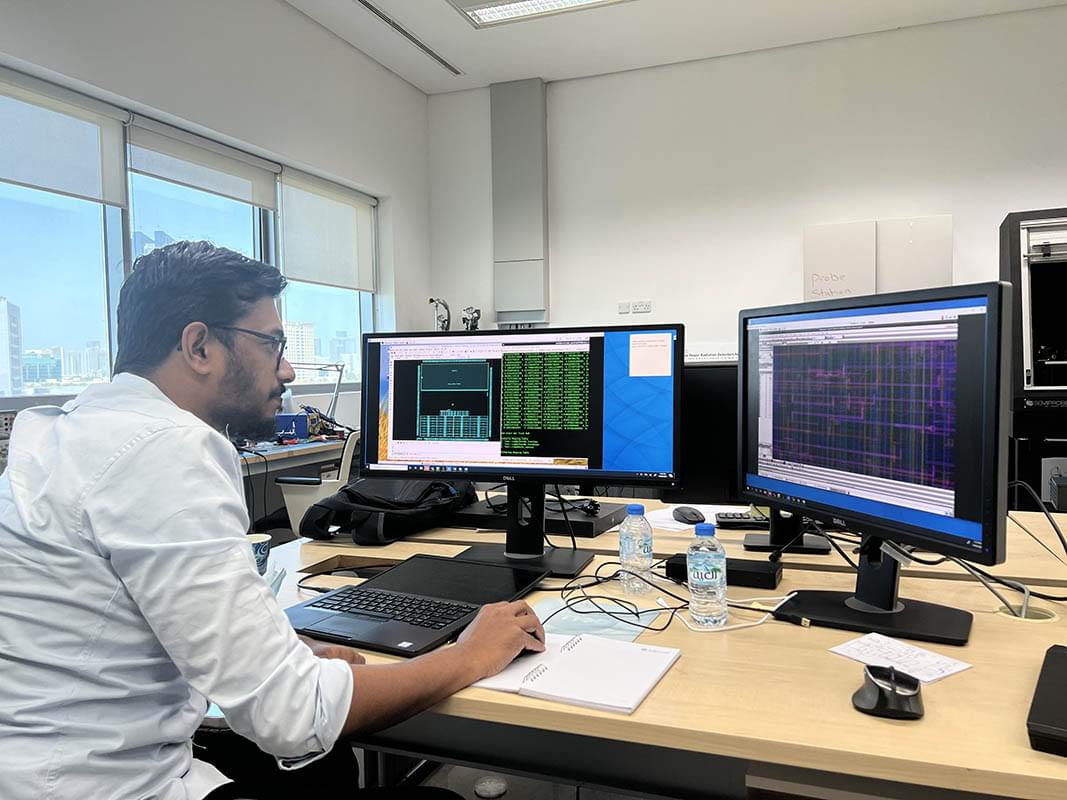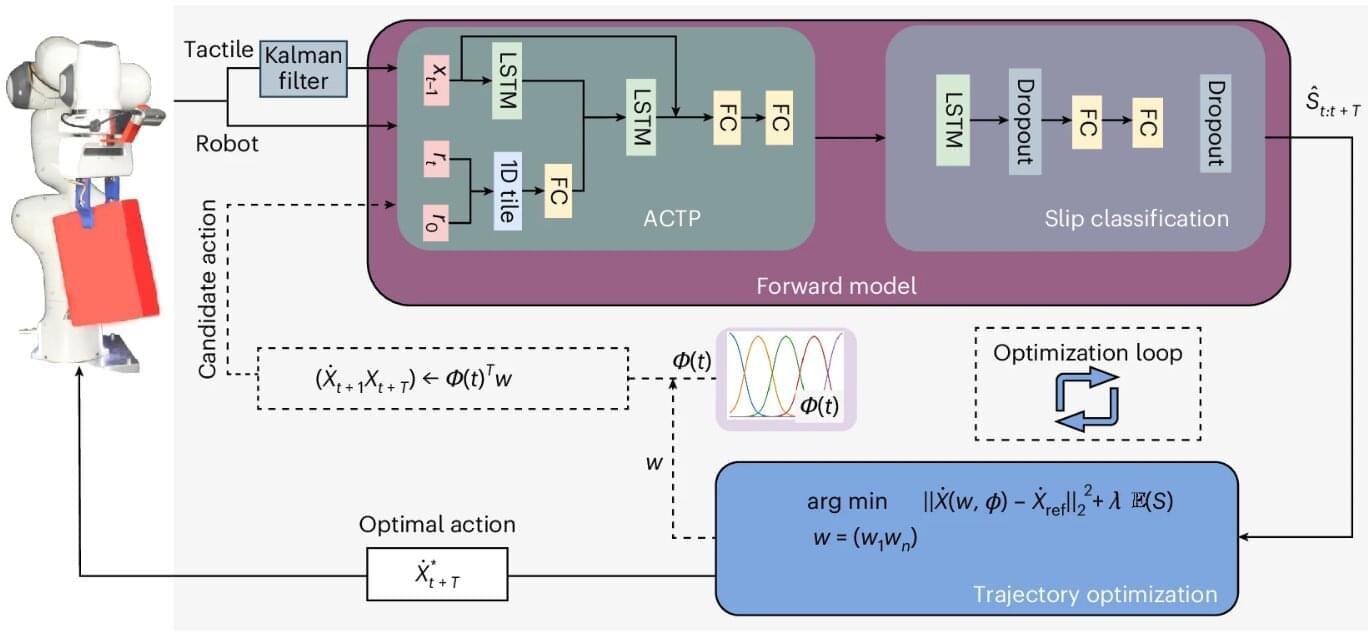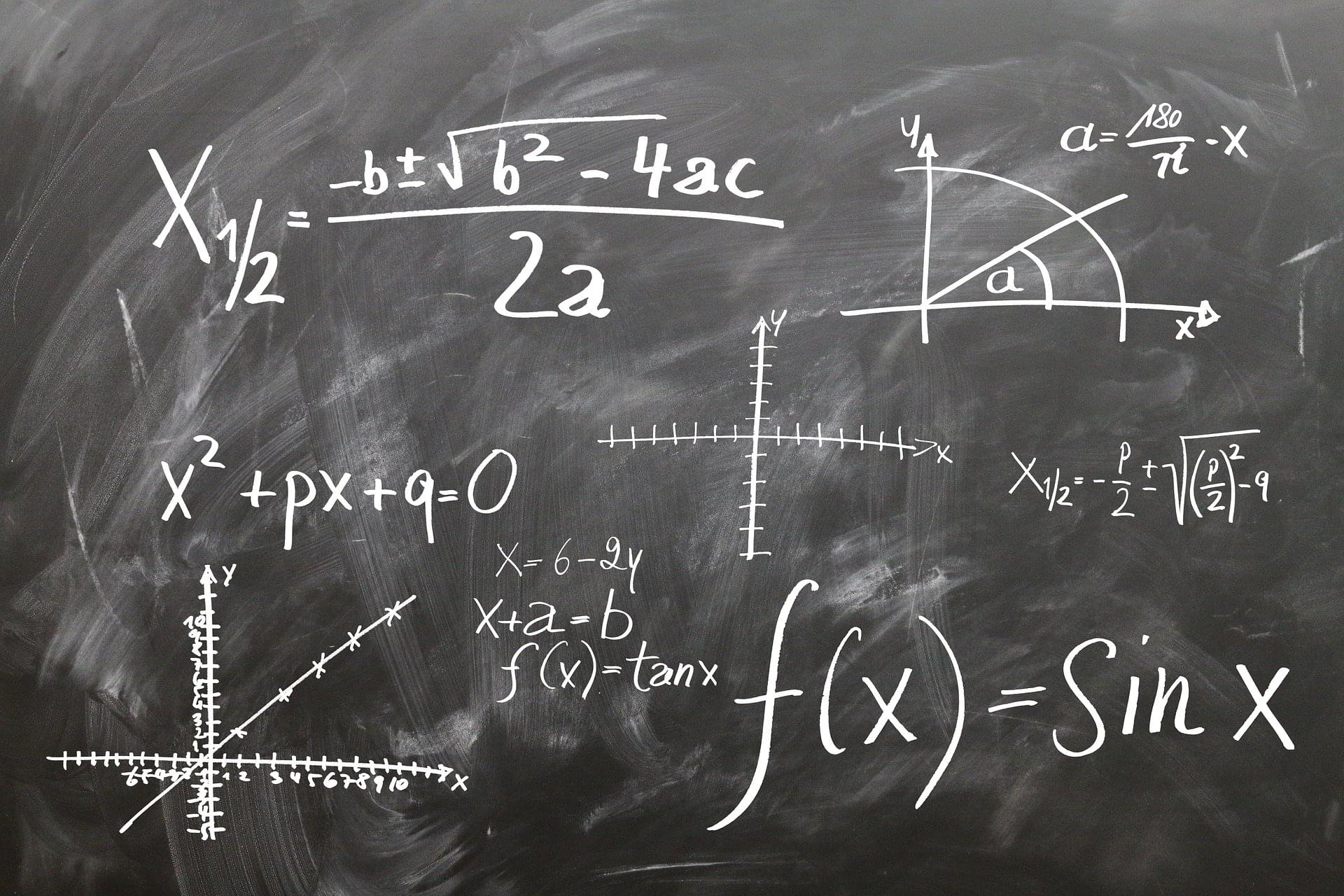Khalifa University is building the foundation for a smarter, more secure and more connected world, one silicon chip at a time.
In the rapidly evolving world of artificial intelligence and smart devices, the System-on-Chip Lab (SoCL) at Khalifa University is emerging as a regional hub of innovation. Led by Baker Mohammad, a professor of Computer and Information Engineering and a veteran with 15 years of experience at tech giants Intel and Qualcomm, the lab is uniquely positioned to bridge the gap between fundamental research and market-ready solutions.
“We’re the only facility in the region with comprehensive expertise across the full electronics design stack, from devices to circuits to systems,” Mohammad explains. This distinctive capability allows the lab to address critical challenges in energy-efficient, high-performance edge devices for data-intensive AI applications, while also integrating hardware security to protect sensitive user data.







